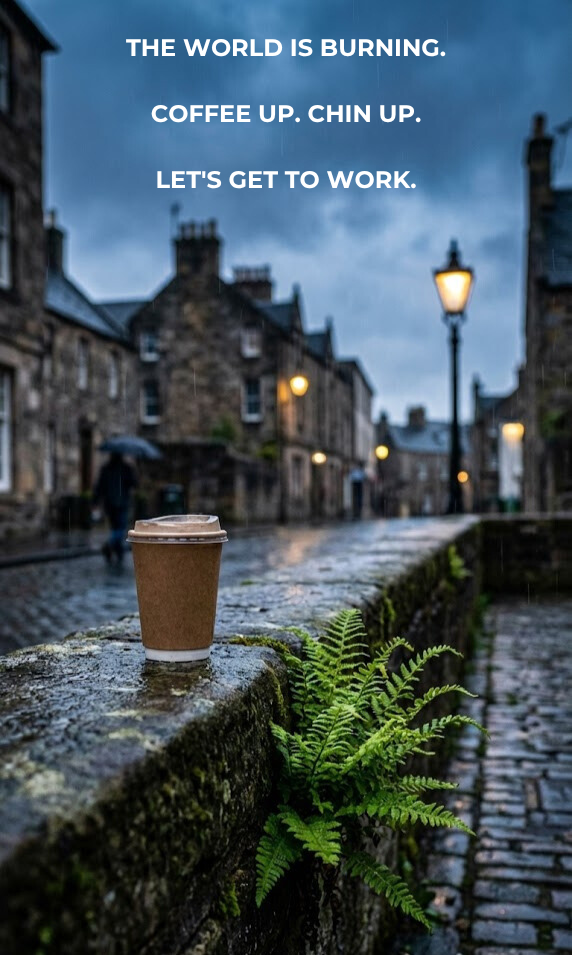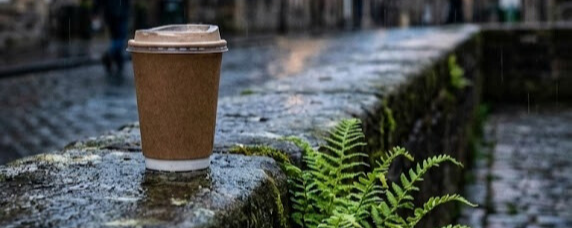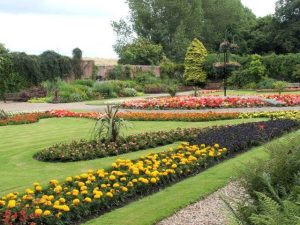Most of us wake up and immediately doomscroll. We check the mental weather report against the global one. We see the ice shelves melting, the inequality gap widening, and the sheer inertia of the systems we are trying to dismantle.
It is easy to feel small. It is easy to let the “climate grief” dictate the day before your feet even hit the floor.
But if I have learned anything from the Stoics, it is that this passive despair is a tool of the status quo.
My morning mood isn’t an accident. It is a revolutionary choice.
The Dichotomy of Control in a Crisis
The core of Stoic philosophy rests on a simple distinction: there are things we can control and things we cannot.
As a campaigner, the “things we cannot control” are massive. I cannot single-handedly rewrite global energy policy before breakfast. I cannot force the government to prioritise people over profit by sheer will. The injustice of the system is, for this morning at least, a fixed variable.
However, we have absolute agency over the second category: how we attack it.
Reframing the Struggle
When you wake up and decide the fight is hopeless, you are doing the opposition’s work for them. You are pre-loading a defeatist filter on every conversation you will have on the doorstep or in the community.
The alternative is the “Stoic Activist.” This isn’t about toxic positivity or ignoring the emergency. It is about staring the emergency in the face and deciding you are capable of meeting it.
We don’t organise because we are guaranteed to win today. We organise because it is the only rational response to the world as it is.

Coffee Up. Chin Up.
You can look at the state of the world and collapse, or you can look at it as the arena where we build the alternative.
The climate data is terrifying. The social injustice is enraging. But the person showing up to fight it? That person is entirely up to me.
So stop waiting for “hope” to strike before you start organising. Hope is a discipline. It follows the action.
Control your reaction. Build your community. Let’s get to work.

